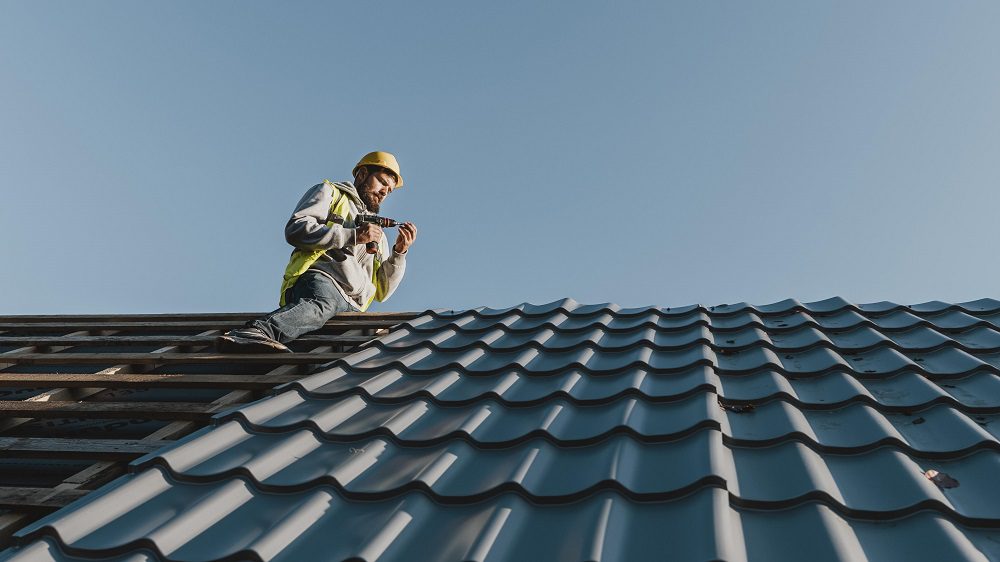What is roof flashing actually, and what does it have to do with any leaky roof? ? It is time to answer this question and rest the queries of many homeowners. It is possible that you may find some answers to this through Google, however, the best and the most accurate information can only be given by turning to the roofing experts in your area.
Now, to answer the question in concern, when it comes to averting any leaks in your roof, the flashing plays a fundamental role in doing so. The flashing is basically a seal between the roof joints, which is typically made out of copper, aluminum, and other galvanized sheet materials to effectively keep the water out of the roof.
Usually, most homes have galvanized sheet metal for their roof flashing, but a copper roof is better because its flashing is also made out of the same metal. Whereas, the homeowners who install their flashing themselves tend to use aluminum flashing because of its easier installation process and economical affordability. However, most of the roof installing companies use the method of soldering in order to build the flashing regardless of the material used.
Why Roof Flashing is Important?
Because there are many definite parts on your roof that tend to be more vulnerable to water damage and leaks than others, roof flashing can help in this regard and serve as an extra layer of protection. The main areas that are mainly prone to problems are:
- Roof surface of the dormer walls
- Skylight perimeters of your roof
- Chimneys
- Roof valleys
If we simply put it, any area of your roof, which has two surfaces intersecting or meeting at a point is more or less likely to suffer from water damage as water runoff is likely to be heavier in those areas. That is why secure, sustainable, and effective flashing is so important for your roof.
Most Common Areas for a Roof Leak
All roofing experts agree on the fact that the main roof areas, which are more prone to have the highest risk for leaks include the valleys and all other locations where water pipes breach the roof surface.
Thereby, the preeminent solution to prevent leaks in the mentioned areas is to utilize asphalt roofing cement to seal and keep out water. Moreover, ensuring that all the water pipes have proper vent pipe flashing is yet another way to stop leaks in the areas of vulnerability.
On the other hand, if the flashing gets damaged by being exposed to the water for a long time, then it also imposes some risks of a leaking roof. The flashing can crack and may come loose from the roof, thus it can impose roof problems as well if not maintained with time.
Types of Roof Flashing
Each flashing is different depending on the area it is being used for. Following are the different types of roof flashing that can be used for your roofs:
1- Chimneys
This type of flashing tends to be in numerous mechanisms, which includes flashing at the bottom of the chimney, whereas the step flashing surrounds the sides of the chimney, and the saddle flashing is only for the top.
2- Cap
Another important aspect of chimney flashing is the cap flashing that provides an added stratum of water prevention as it suspends over the edges of all the other flashings.
3- Step
This is the most common type of roof flashing for sloped roofs or vertical walls. It is because it has the drip edge feature that helps to prevent water seepage under the roof.
4- Integral
The integral roof flashing is only viable when it is accompanied by the step flashing when there are skylights present on the slope else it can be skipped.
5- Saddle
This flashing is common for the top areas that include railing attachments, joists, and beams that can penetrate the exterior walls.
These are the major roof flashing types that can be poured on your roof depending on its design and construction.

As the editor of the blog, She curate insightful content that sparks curiosity and fosters learning. With a passion for storytelling and a keen eye for detail, she strive to bring diverse perspectives and engaging narratives to readers, ensuring every piece informs, inspires, and enriches.










